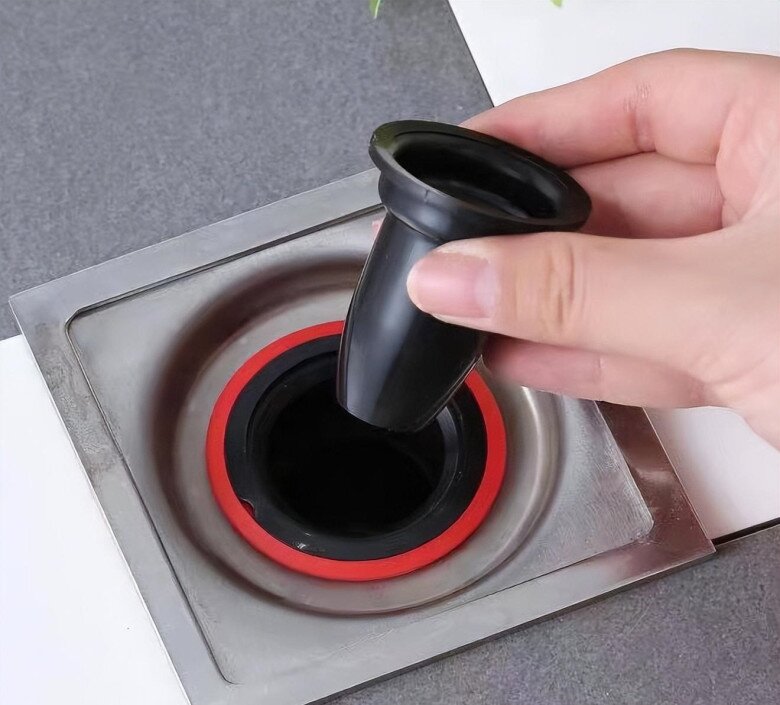Directly connecting the water supply to the water pipes is common, but for drainage, people often plug the drain hose into the floor drain. However, after connecting the washing machine’s drain hose to the floor drain, each time the washing machine is turned on, it overflows. If the water flow is large, the amount of water flowing out can be significant, even affecting the normal operation of the machine.
Actually, besides plugging the hose into the floor drain, there are many other methods. The neighbor’s housekeeper told me a few tricks to thoroughly solve the problem of water overflow when connecting the washing machine’s drain hose to the floor drain.
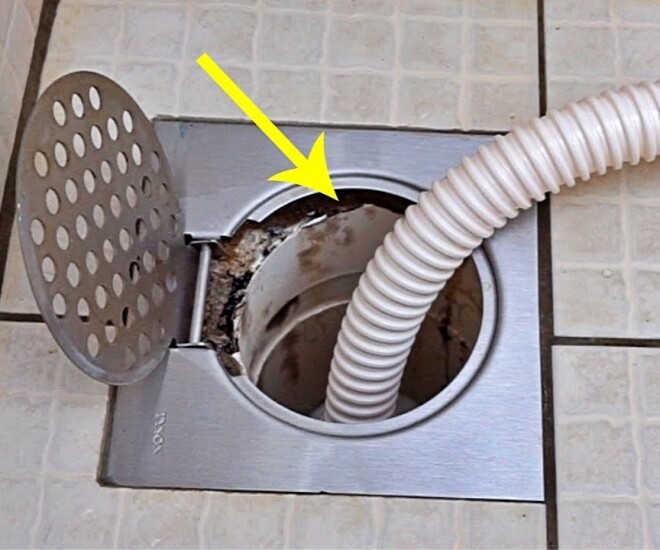
Disadvantages of connecting the washing machine’s drain hose directly to the floor drain
– Causes odor
When the drain hose is plugged directly into the floor drain, over time, it will emit an unpleasant odor, affecting daily life.
In the past, after each laundry cycle, my bathroom always had a musty smell. Later, I realized it was due to the odor coming from the floor drain. If you don’t want your house to have strange smells, it’s best not to plug the washing machine’s drain hose into the floor drain.
– Clogs the floor drain
Connecting the washing machine’s drain hose directly to the floor drain can also cause clogs. When washing clothes, there are often fabric fibers that flow into the floor drain with the water and easily cause blockages.
– Water overflow
When connecting the washing machine’s drain hose to the floor drain, if too much water is discharged, it will overflow. Many people nowadays avoid doing this because they are concerned about water backing up and slowing down the drainage from the floor drain.
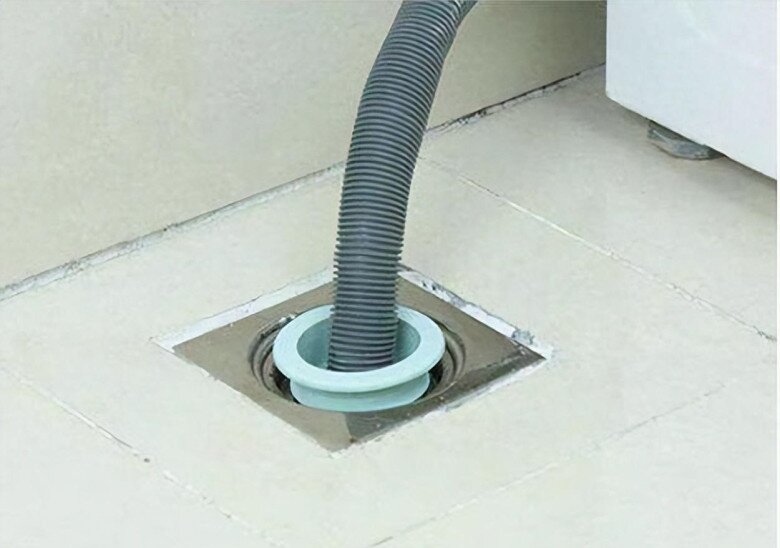
So, if we don’t connect the washing machine’s drain hose to the floor drain, how should we design the drainage system?
– Design an in-wall drainage system
When designing the water system for the toilet, you can create a separate drainage hole for the washing machine, sharing it with the lavabo. In this case, when installing the washing machine, there is no need to plug it into the floor drain.
However, this method can only be applied during the construction or renovation of the house. If the house is already completed, it is difficult to make such changes.
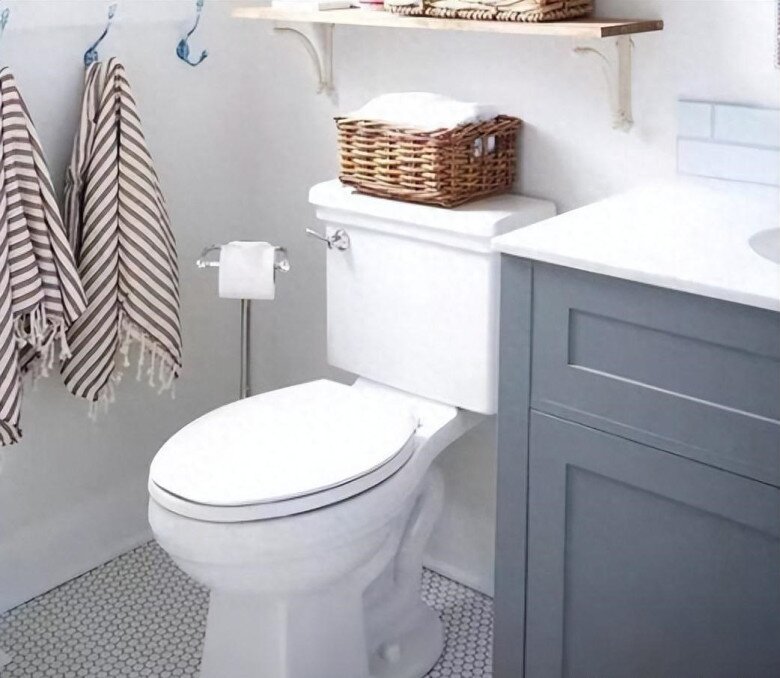
– Use a specialized floor drain for the washing machine
To avoid water leakage when connecting the washing machine’s drain hose to the floor drain, you should use a specialized floor drain designed for washing machines. This type of drain is entirely different from the regular floor drains and can be directly installed on the existing drainage system. Then, simply connect the washing machine’s drain hose.
This product has several outstanding advantages: fast drainage, no overflow, no odor, a sealed design to prevent backflow, odor removal function, rust-proof, hygiene assurance, and insect prevention from the floor drain.
If you haven’t used it before, it’s worth trying. After installation, you will notice faster drainage, no unpleasant odors, and no bacteria or insect issues as before.
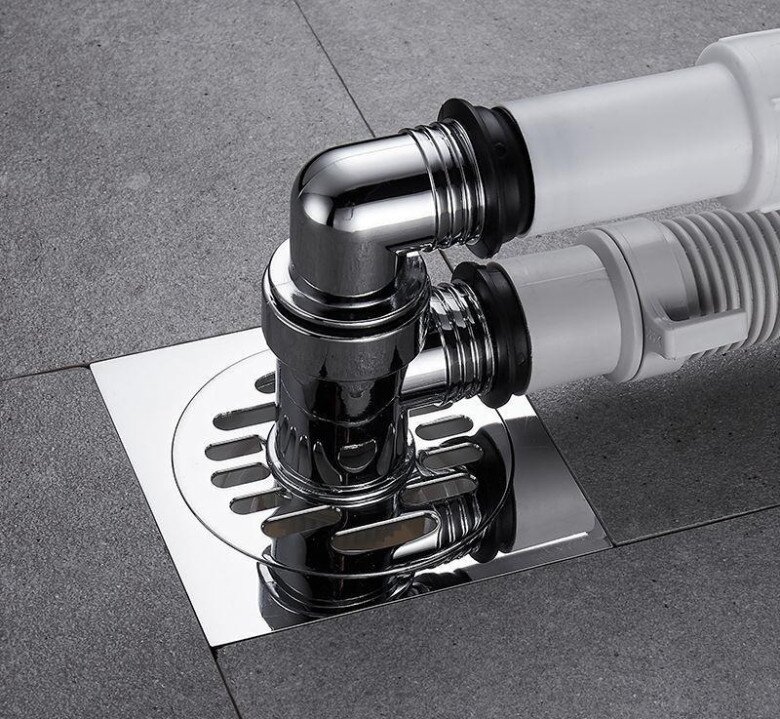
– Install an odor-removing filter core
The odor-removing filter core is suitable not only for the floor drain in the toilet but also for the kitchen, balcony, or any other location with drainage. With its intelligent design, these filter cores help maintain a clean living environment, preventing odors, bacteria, and insects from rising through the pipes. They are especially effective during the rainy season or humid weather.
The installation is easy and does not require any demolition or changes to the existing structure, making it ideal for families using traditional drainage systems. This small solution has a significant impact, ensuring a dry, clean, and comfortable living space.
If you are facing issues with odors or slow drainage, the odor-removing filter core should be your top priority.
